In the next decade, the number of connected devices will reach billions, and the Internet of Things (IoT) will account for an increasingly large share of global energy consumption. Therefore, device manufacturers are seeking new ways to power their applications by using energy harvesting platforms that collect solar or inertial energy.
For Original Equipment Manufacturers (OEMs), achieving battery-free applications has many benefits. Eliminating batteries and battery compartments can simplify the design and manufacturing process. Since batteries can account for up to 50% of a product’s total weight, removing them can help produce lighter products. For consumers, the benefits include not having to worry about changing batteries or dealing with the environmental impact of battery disposal.
The biggest challenge in making these applications a reality is to keep power consumption as low as possible while still providing the wireless features and functionality expected by users.
Energy Harvesting Bluetooth Low Energy Reference Design
The energy harvesting Bluetooth Low Energy switch is a complete reference design that can support battery-free applications, including door/window controls, smart lighting, and pedometers. Based on the RSL10 SIP and using a high-efficiency harvester, this switch is fully self-powered and provides the industry’s lowest power consumption for Bluetooth Low Energy.
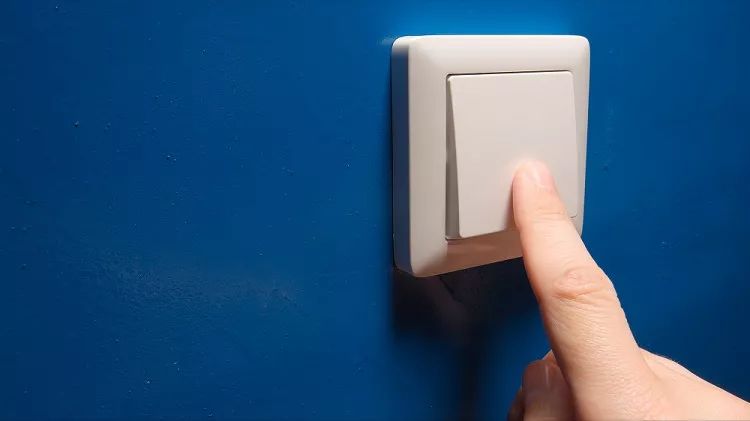
How It Works
This self-powered switch converts mechanical energy into electrical energy using an electromechanical generator. The generated electrical energy is utilized, converted, and regulated to a level sufficient to power the RSL10, enabling it to start up and send Bluetooth Low Energy advertising packets. This could simply indicate that the switch has been activated, but it could also involve sampling sensors connected to the RSL10, processing data, and sending results via Bluetooth Low Energy.
Utilizing the Industry’s Lowest Power Bluetooth Low Energy System-on-Chip (SoC)
The RSL10 has the lowest power consumption in the industry for Bluetooth 5 radios, consuming only 5.6 mA during reception (7 mW at 1.25 V) and only 8.9 mA during maximum transmit power. With frame protocols now as short as 10 ms, the total energy budget required to send a frame can be less than 100 µJ. The ZF energy harvesting switch used in this reference design can generate 300 µJ each time the switch is pressed, providing ample power for collecting, processing, and sending data.
The RSL10’s rated supply voltage is 1.25V, significantly lower than that of typical transceivers. Therefore, the ZF switch can be connected directly to the SIP interface without the need for a boost converter, while other transceivers may require a rated supply voltage of 2.5 V. This direct connection also reduces the bill of materials (BoM) and supports the RSL10 for smaller, lighter, cheaper, and more energy-efficient solutions.
Energy harvesting will become a key technology for IoT. With a large number of endpoints being rolled out, using ultra-low power solutions like the RSL10 SIP will enable manufacturers and consumers to develop connected devices while disconnecting from the power grid.
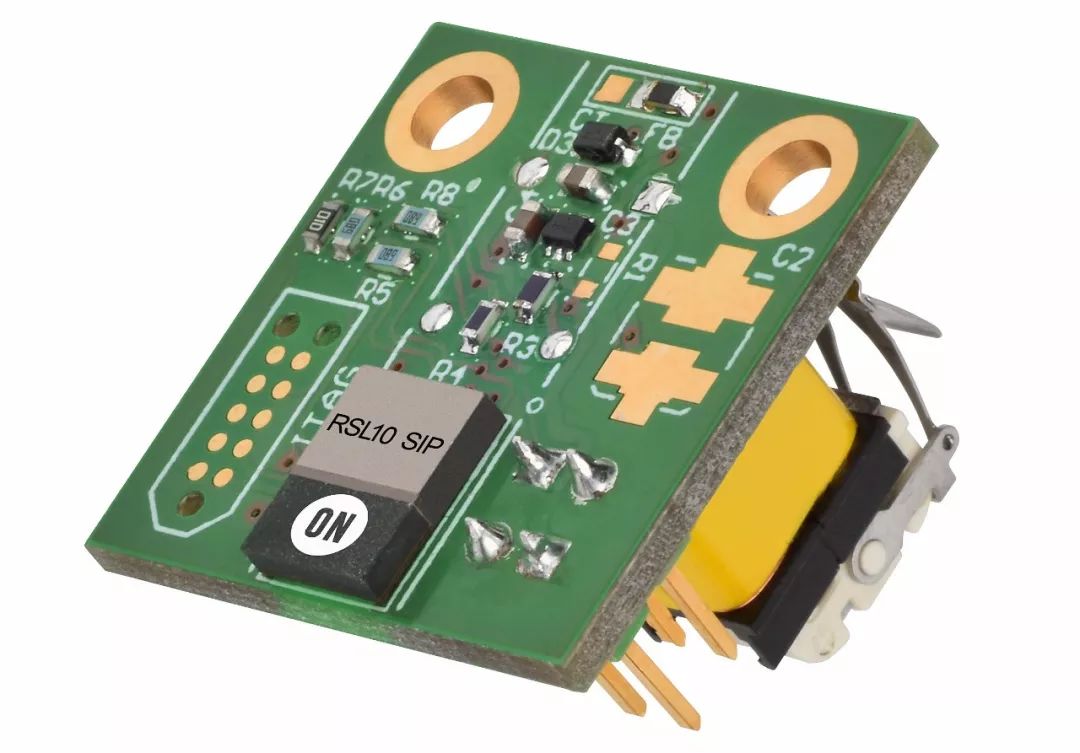
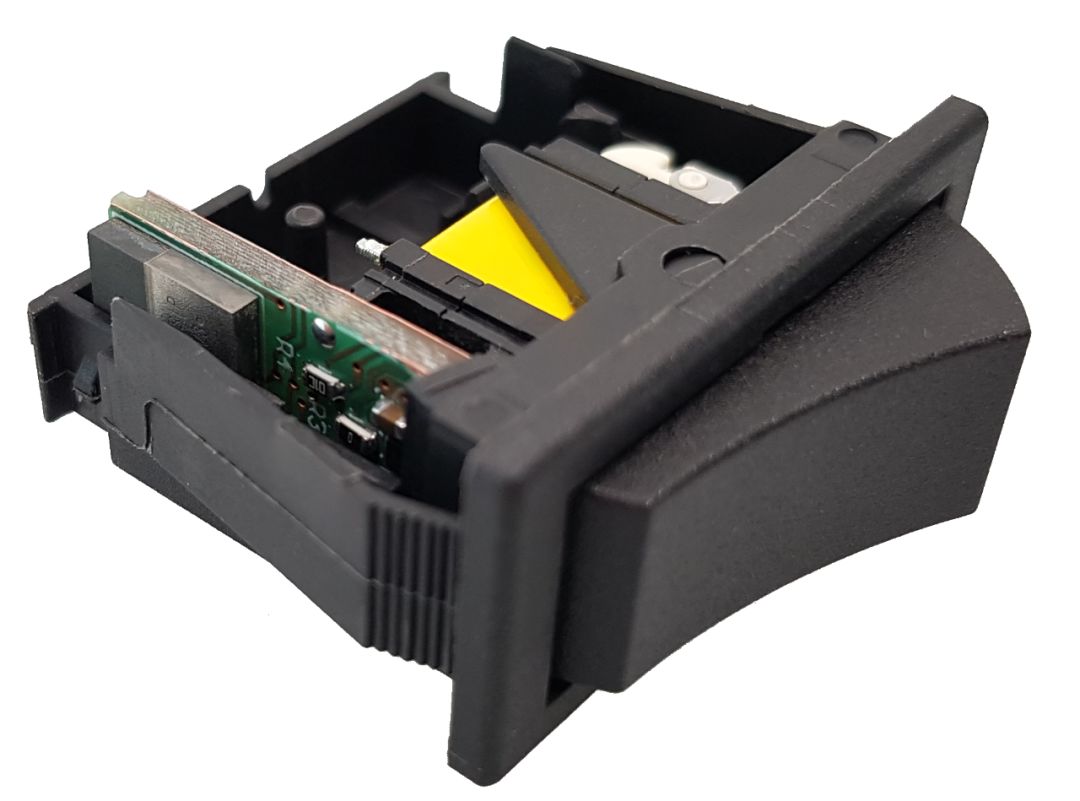
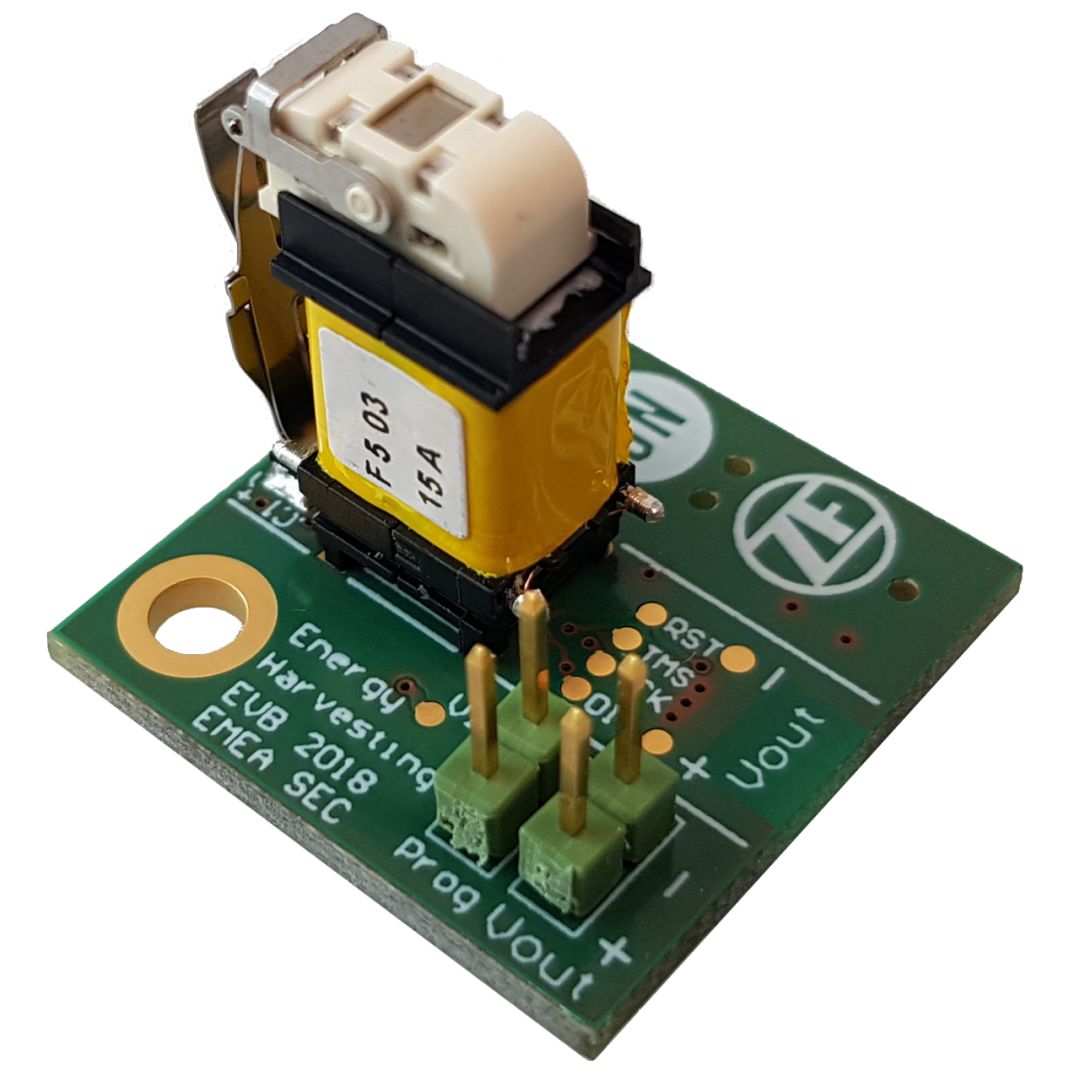
The energy harvesting Bluetooth Low Energy switch reference design includes BoM, schematics, and firmware, which can be easily customized using the RSL10 Software Development Kit (SDK). It is also compatible with the Bluetooth IoT Development Kit (B-IDK) and the IoT Development Kit (IDK), which can be used to add additional sensor and actuator functionalities.
* Note: Click [Read the Original] to learn more about the energy harvesting Bluetooth Low Energy switch.
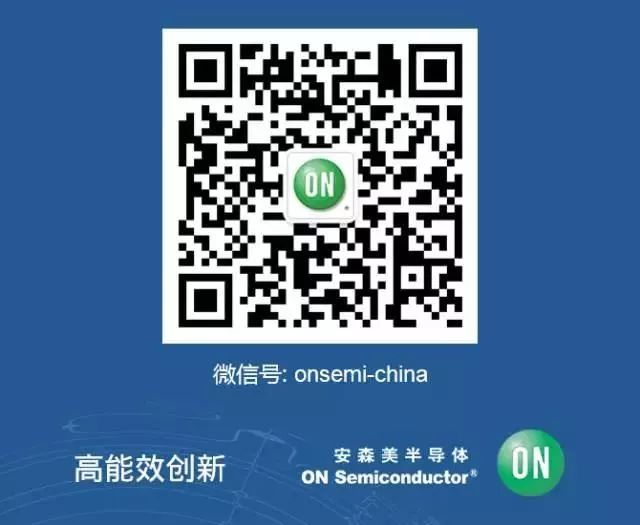
↓↓↓ Read the Original for More Information!